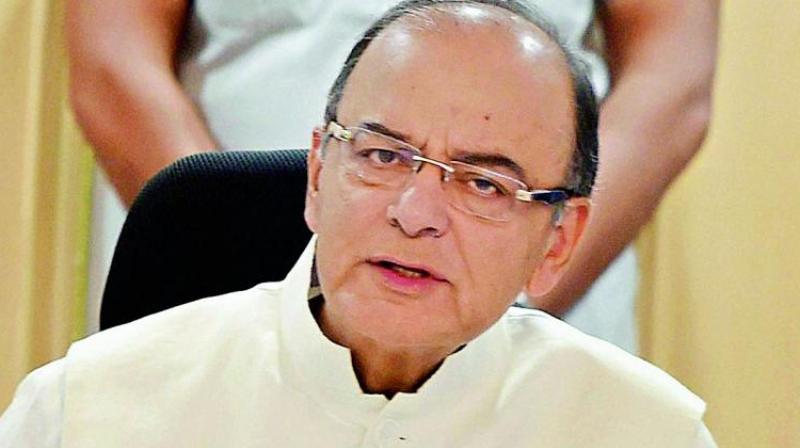GST takes final shape, easy on middle class

New Delhi: The GST Council, a high-powered forum of the Centre and all state governments, on Thursday decided to fix a four-tier GST rate structure — of five per cent, , 12 per cent, 18 per cent and 28 per cent — targeted for rollout from April 1, 2017.
There will be zero tax on 50 per cent of items which are now part of the consumer price index (used to calculate retail inflation) basket, mostly food products, so that there is no inflationary impact on the common man. “There will be zero tax on foodgrains used by the common man,” said Union finance minister Arun Jaitley, who is also chairman of the GST Council, after the meeting. He said all finance ministers from Congress-ruled states backed these tax proposals.
On four demerit items — luxury cars, aerated drinks, pan masala and tobacco — that are now taxed at around 40-65 per cent, there will be an additional cess over and above the highest tax slab of GST of 28 per cent for a maximum of five years. This will ensure that tax incidence on these items does not come down. The money collected will be used by the Centre to compensate the states for loss of revenue due to the GST rollout for five years. A panel of secretaries will now evaluate each product and service to decide in which tax slab it should be put.
Mr Jaitley said most items of mass consumption by the common man would come under five per cent GST. He said 12 per cent and 18 per cent will be the standard rates for most products and services. The finance minister said that most “white goods”, which currently have an overall tax incidence of 30-31 per cent (including excise and VAT) will be taxed at 28 per cent under GST.
New regime
Government proposes to roll out the gst from april 1, 2017. the final list of items for each tax bracket will be worked out by a committee shortly.
The biggest tax reform will transform India into a single market.
Zero-tax rate to apply to 50 per cent of items in Consumer Price Index basket, including foodgrains used by common man.
Rs 50,000 crore is required to be paid to states for loss of revenue in the first year of GST rollout.
- 5 p.c. duty will be levied on items of mass consumption used by common people; 2 standard rates of 12 and 18 p.c. will be in GST.
- Items taxed at 30-31 p.c. (excise plus VAT) will be taxed at 28 p.c.
- Additional revenue from highest tax slab to be used to keep essential use items at 5 p.c. and transfering common use items to 18 p.c.
- Luxury cars, cigarettes, pan masala aerated drinks to be levied with a cess which along with clean energy cess would be used to compensate states for loss of revenue.

